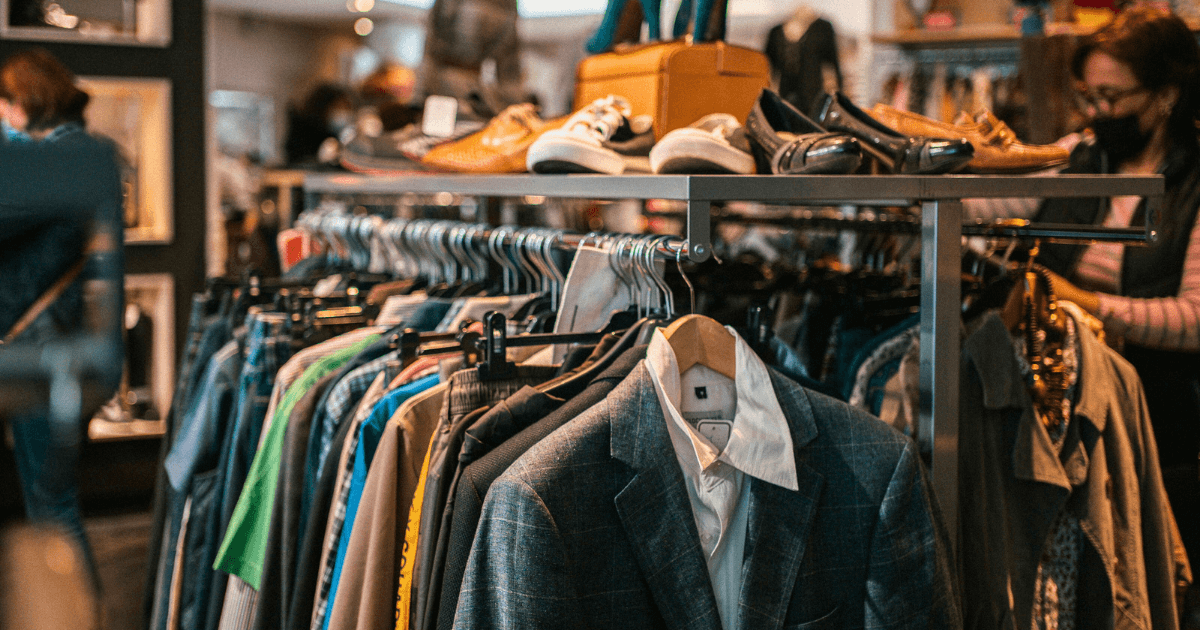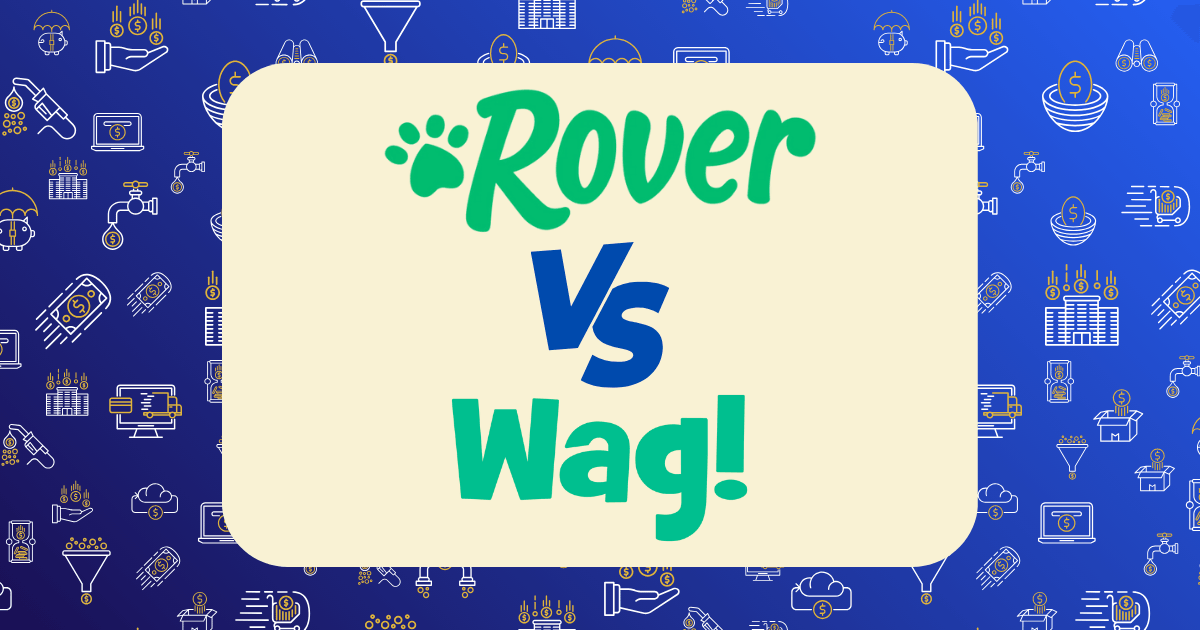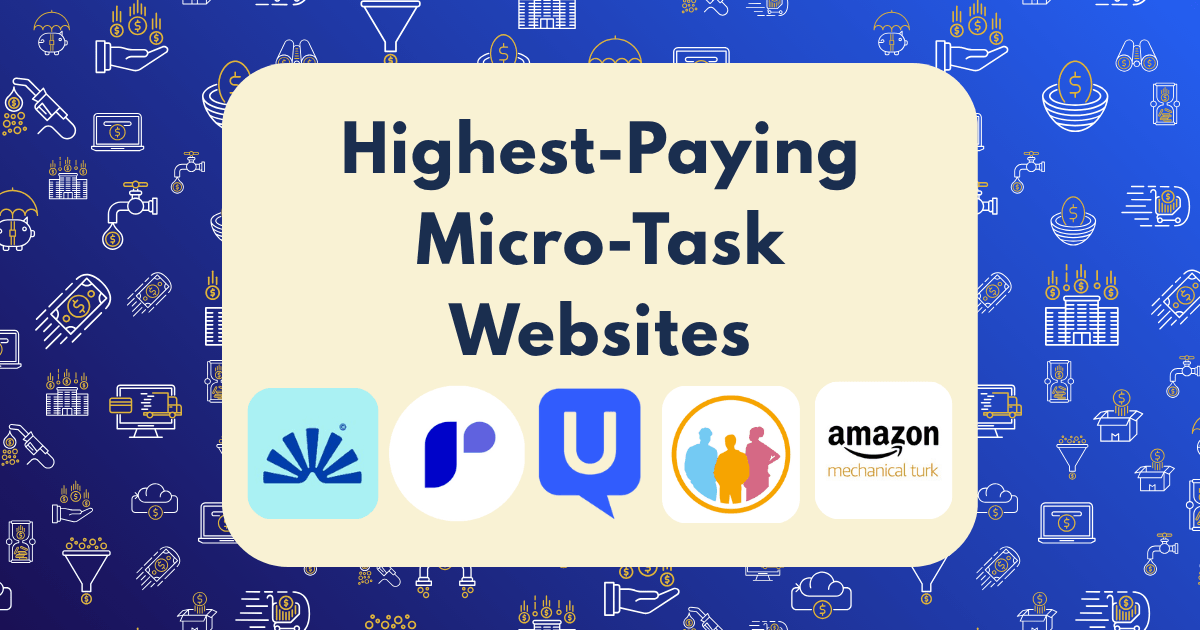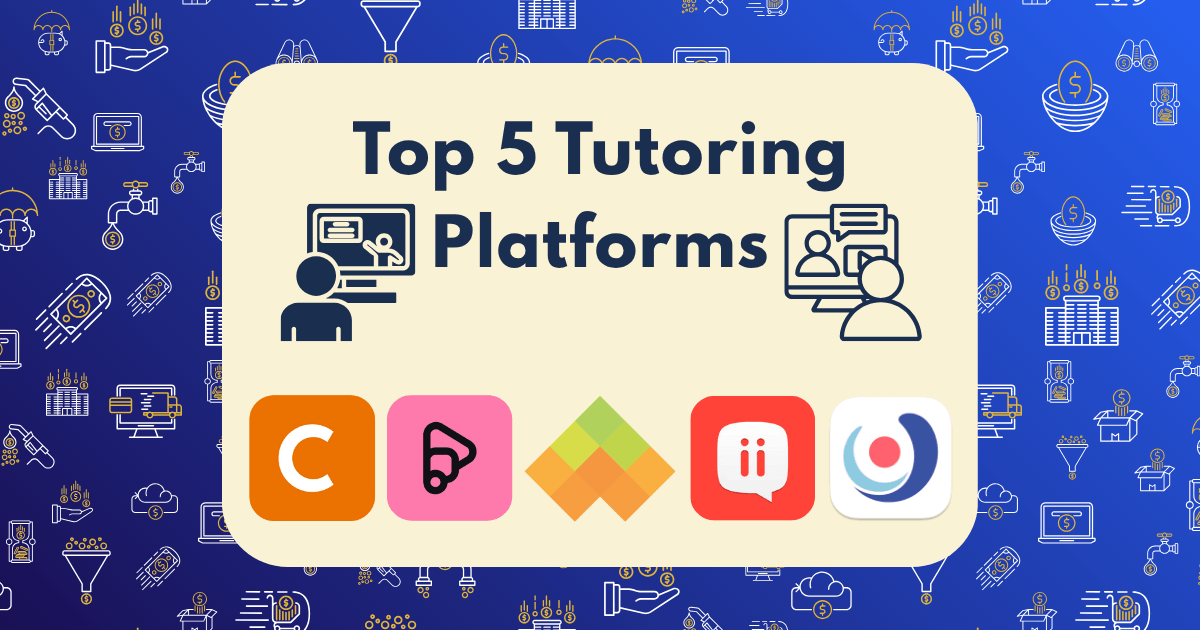Flipping for Profit: How I Turn $100 Marketplace Finds Into $300+ Resale Items

Six months ago, I was scrolling through Facebook Marketplace when I spotted a mid-century modern dresser listed for $75. The photos were terrible—dim lighting, cluttered background, and zero effort to showcase the piece. But beneath the poor presentation, I recognized the distinctive walnut grain and tapered legs of a genuine 1960s Kent Coffey dresser.
Three hours later, after a quick pickup and some strategic cleaning, I relisted it for $425. It sold within 48 hours.
That $350 profit wasn’t luck—it was the result of a systematic approach to marketplace flipping that I’ve refined over two years, generating an average of $2,800 monthly in side income with just 10-15 hours of weekly effort.
In this guide, I’ll reveal my exact process for identifying undervalued items, the specific categories with the highest profit margins, and the psychological principles that drive successful flips.
The Economics of Marketplace Flipping in 2025
Before diving into tactics, let’s examine the market opportunity:
- Facebook Marketplace has 1.2 billion active users, with 40% actively shopping on the platform
- The vintage clothing market alone is projected to reach $168 billion by 2025
- The furniture resale category offers consistent 50-100% profit margins
- Electronics flipping yields average 20-50% returns with rapid turnover
- Exercise equipment flipping has surged post-pandemic, offering 20-50% margins
What most people miss is that marketplace flipping isn’t about random luck—it’s about systematically exploiting information asymmetry and presentation gaps between buyers and sellers.
My 5-Stage Flipping Framework
After hundreds of successful flips, I’ve developed a systematic approach that consistently yields 200%+ returns on investment:
Stage 1: Strategic Sourcing
The foundation of profitable flipping is finding undervalued items. Here’s my exact process:
1. The Early Bird Advantage
I set up automated alerts through Flipify to notify me the moment new listings appear in my target categories. The first person to message a seller with an underpriced item wins—I’ve found that responding within 5 minutes increases my success rate by 70%.
2. The “Poor Presentation” Filter
I specifically look for listings with these characteristics:
- Poor quality photos (dark, blurry, or limited angles)
- Minimal or vague descriptions
- Located in less affluent neighborhoods
- Have been listed for 7+ days with no takers
These indicators often signal motivated sellers who haven’t properly researched their item’s value.
3. The Knowledge Arbitrage
I’ve developed deep knowledge in five specific categories:
- Mid-century modern furniture
- Vintage audio equipment
- Exercise machines (especially Peloton and Concept2)
- Power tools (particularly Milwaukee and DeWalt)
- Designer handbags (focusing on Coach, Kate Spade, and Michael Kors)
This specialized knowledge allows me to instantly recognize value that general sellers and buyers miss.
Stage 2: Value Assessment
Once I identify a potential flip, I follow this evaluation process:
1. The 3x Rule
My baseline requirement: I must confidently believe I can sell the item for at least 3x my purchase price after accounting for any restoration costs and platform fees.
2. The Completed Listings Check
Before making an offer, I check recently sold listings on eBay and Facebook for the exact item to confirm current market value. This takes just 2-3 minutes but prevents costly purchasing mistakes.
3. The Condition Evaluation Matrix
I use this scoring system to quickly assess items:
- 5/5: Like new, no restoration needed (ideal)
- 4/5: Minor issues, easy fixes (strong potential)
- 3/5: Moderate issues, requires some skill (situational)
- 2/5: Major issues, extensive work needed (avoid unless extremely valuable)
- 1/5: Severe damage, parts missing (hard pass)
I generally only pursue items rated 4/5 or 5/5 unless the potential margin is exceptional.
Stage 3: Acquisition Strategy
The way you approach sellers dramatically impacts your success rate. My approach:
1. The Quick Response Template
I use this message template that has a 70% response rate:
“Hi! I’m interested in your [item] and can pick up today with cash. Is it still available? Thanks!”
The key elements: brevity, immediacy, and cash offer.
2. The Strategic Negotiation
When meeting sellers, I follow these principles:
- Arrive on time and dressed neatly
- Point out flaws respectfully, not aggressively
- Use the “bracketing” technique (offer below your target price to leave room for negotiation)
- Always have exact cash to prevent last-minute price changes
3. The Relationship Building
I keep a database of sellers who regularly list valuable items and maintain positive relationships with them. Several now contact me directly before listing publicly.
Stage 4: Value Enhancement
This is where amateur flippers fail and professionals excel. I don’t just buy and resell—I strategically enhance value:
1. The Presentation Transformation
For furniture and home goods:
- Professional cleaning using appropriate methods for the material
- Minor repairs (tightening loose joints, touching up scratches)
- Staging with complementary items for photography
- Shooting in natural light with proper angles
For electronics and equipment:
- Thorough testing of all functions
- Professional cleaning of exterior and accessible interior
- Replacing minor worn parts (knobs, buttons, etc.)
- Creating demonstration videos showing functionality
2. The Information Enhancement
I research each item thoroughly to create compelling listings:
- Identify the exact make, model, and year
- Research the designer or manufacturer history
- Highlight desirable features using proper terminology
- Provide dimensions and specifications
This information transformation often doubles the perceived value.
3. The Strategic Timing
Certain items sell better at specific times:
- Outdoor furniture: Early spring (March-April)
- Exercise equipment: January (resolution season)
- Designer items: November-December (gift season)
- Vintage decor: September (home refresh season)
I time my listings accordingly to maximize profit.
Stage 5: Strategic Selling
The final stage is where I convert enhanced value into actual profit:
1. The Platform Strategy
I list on multiple platforms based on item category:
- Facebook Marketplace: Furniture and local pickup items
- eBay: Vintage items, collectibles, designer goods
- Poshmark: Designer clothing and accessories
- Reverb: Musical instruments and audio equipment
2. The Psychological Pricing
I implement these pricing tactics:
- Price slightly below round numbers ($199 instead of $200)
- Include “firm” for items I won’t negotiate on
- Use “OBO” (or best offer) for items where I’ve built in negotiation margin
- Reference retail prices for newer items (“Retails for $500”)
3. The Listing Optimization
My listings follow this proven structure:
- Attention-grabbing headline with key search terms
- Bullet points highlighting main features and condition
- Detailed description with measurements and materials
- Clear return policy and pickup/shipping options
- 8-12 high-quality photos showing all angles and details
This approach consistently results in faster sales at higher prices.
The Numbers: Real Profit Breakdown
Let me share the exact numbers from my most profitable flips last month:
Flip #1: Concept2 Rowing Machine
- Purchase price: $175 (Facebook Marketplace)
- Value-adding: Thorough cleaning, new foot straps ($15), updated PM5 monitor data card ($0)
- Selling price: $750 (Facebook Marketplace)
- Time invested: 2.5 hours total
- Net profit: $560 ($224/hour)
Flip #2: Vintage Credenza
- Purchase price: $120 (Estate sale)
- Value-adding: Deep cleaning, polish, minor repair to drawer slide ($8)
- Selling price: $625 (Facebook Marketplace)
- Time invested: 3 hours total
- Net profit: $497 ($165.67/hour)
Flip #3: Sony WH-1000XM4 Headphones
- Purchase price: $85 (Facebook Marketplace)
- Value-adding: Cleaning, new ear pads ($22), factory reset, firmware update
- Selling price: $220 (eBay)
- Time invested: 1 hour total
- Net profit: $95.50 after fees ($95.50/hour)
Flip #4: Set of DeWalt Power Tools
- Purchase price: $150 (Facebook Marketplace)
- Value-adding: Cleaning, battery reconditioning, new bits ($10)
- Selling price: $375 (Facebook Marketplace)
- Time invested: 2 hours total
- Net profit: $215 ($107.50/hour)
Flip #5: Herman Miller Aeron Chair
- Purchase price: $80 (Office liquidation)
- Value-adding: Thorough cleaning, new gas cylinder ($45)
- Selling price: $450 (Facebook Marketplace)
- Time invested: 2.5 hours total
- Net profit: $325 ($130/hour)
These examples illustrate the power of strategic flipping—turning knowledge and effort into substantial hourly returns.
The 7 Most Profitable Categories to Flip in 2025
Based on my experience and market research, these categories consistently offer the best returns:
1. Mid-Century Modern Furniture (50-100% ROI)
Why it works: Massive demand from millennials and Gen Z decorating their first homes, limited supply, and sellers who often don’t recognize valuable pieces.
What to look for: Teak or walnut wood, tapered legs, clean lines, brands like Kent Coffey, Broyhill Brasilia, and Lane.
Average flip: Buy for $100-200, sell for $300-600
2. Exercise Equipment (40-80% ROI)
Why it works: High retail prices, heavy items sellers want gone quickly, and brands that hold value.
What to look for: Peloton bikes, Concept2 rowers, Bowflex machines, commercial-grade equipment.
Average flip: Buy for $200-500, sell for $400-900
3. High-End Power Tools (40-70% ROI)
Why it works: Durable goods with long lifespans, brand loyalty, and consistent demand from professionals and DIYers.
What to look for: Milwaukee, DeWalt, Makita, Festool; focus on cordless sets.
Average flip: Buy for $100-300, sell for $200-500
4. Vintage Audio Equipment (60-120% ROI)
Why it works: Resurgence in vinyl collecting, superior sound quality to modern budget equipment, and sellers who view old electronics as outdated.
What to look for: Marantz, Pioneer, Technics, JBL; focus on receivers, turntables, and speakers from 1970s-1980s.
Average flip: Buy for $50-200, sell for $150-500
5. Designer Handbags (30-70% ROI)
Why it works: Brand recognition, durability, and sellers who need quick cash.
What to look for: Coach, Michael Kors, Kate Spade, Dooney & Bourke; focus on classic styles.
Average flip: Buy for $30-100, sell for $75-200
6. Vintage Clothing (40-100% ROI)
Why it works: Unique styles, sustainability movement, and sellers who don’t recognize valuable vintage.
What to look for: Band t-shirts, denim jackets, name brands from 80s-90s, anything Y2K.
Average flip: Buy for $5-30, sell for $20-100
7. Gaming Consoles & Equipment (30-60% ROI)
Why it works: High retail prices, rapid technology cycles, and motivated sellers upgrading to newer models.
What to look for: Nintendo Switch, PS5, Xbox Series X, gaming PCs, VR headsets.
Average flip: Buy for $100-300, sell for $150-450
Advanced Tactics: Beyond Basic Flipping
After mastering the fundamentals, I implemented these advanced strategies to scale my operation:
1. The Bundle Method
When I find sellers with multiple valuable items, I offer a bundle deal at 60-70% of what I’d pay individually. This reduces my per-item acquisition cost and often secures items before they’re listed.
2. The Seasonal Stockpile
I buy seasonal items during off-seasons (patio furniture in fall, snow blowers in spring) at 30-40% of peak season prices, then store them for 4-6 months before selling during high-demand periods.
3. The Parts Play
Some items are more valuable disassembled. For example, I recently purchased a damaged Vitamix blender for $40, sold the motor base for $100 and the container for $45, more than tripling my investment.
4. The Relationship Network
I’ve built relationships with:
- Estate sale companies who alert me to upcoming sales
- Office managers handling corporate liquidations
- Storage facility managers who encounter abandoned units
- Moving companies that handle downsizing clients
These connections provide first access to valuable items before they hit public marketplaces.
5. The Restoration Partnership
For items requiring skills I lack, I’ve partnered with:
- A furniture refinisher who works for a percentage of profit
- An electronics technician who repairs vintage audio
- An upholsterer who transforms damaged furniture
These partnerships allow me to tackle higher-value flips with minimal personal skill investment.
Common Pitfalls and How to Avoid Them
My journey wasn’t without mistakes. Here are the biggest pitfalls and how to avoid them:
1. The Emotional Purchase
Early on, I bought items I personally liked rather than what the market wanted. Now I strictly follow market data, not personal preference.
2. The Storage Spiral
I once had so much inventory I rented a storage unit, eating into profits. Now I follow the “one in, one out” rule—I don’t buy new inventory until current items sell.
3. The Restoration Rabbit Hole
I’ve wasted hours on complex restorations with minimal return. Now I use the “one hour rule”—if I can’t transform it in under an hour, it’s not worth my time unless the margin is exceptional.
4. The Platform Dependency
Relying solely on Facebook Marketplace left me vulnerable to algorithm changes. Diversifying across platforms created stability and expanded my buyer pool.
5. The Feedback Fallout
Early negative feedback damaged my seller reputation. Now I thoroughly test every function and disclose every flaw, even if it means a slightly lower price.
Is This Model Sustainable in 2025 and Beyond?
Despite increased competition, marketplace flipping remains viable due to these factors:
- Persistent information asymmetry: Most sellers still don’t research item values properly
- Growing sustainability movement: Younger buyers increasingly prefer second-hand
- Platform expansion: Facebook Marketplace, eBay, and others continue to grow
- Economic uncertainty: More sellers liquidating assets quickly when cash is needed
The key to long-term success is specialization in specific niches rather than general flipping.
Your 30-Day Action Plan
Ready to start your own flipping business? Here’s your roadmap:
Days 1-7: Research & Education
- Research 3-5 potential flipping categories
- Join Facebook groups for flippers in those niches
- Study completed listings on eBay and Facebook
- Create a budget for your initial purchases
Days 8-14: Sourcing & First Purchases
- Set up alerts on marketplace platforms
- Visit thrift stores, estate sales, and garage sales
- Make your first 2-3 purchases (limit to $50 each)
- Document item condition thoroughly
Days 15-21: Value Enhancement & Listing
- Clean and restore your purchases
- Take professional-quality photos
- Create detailed listings across platforms
- Price strategically based on market research
Days 22-30: Selling & Reinvestment
- Respond promptly to buyer inquiries
- Complete your first sales
- Track profit margins and time investment
- Reinvest profits into higher-value items
Remember that flipping is a skill that improves with experience. Your first flips may yield modest returns, but your profit margins will increase as you refine your eye for value.
Final Thoughts: Beyond the Side Hustle
Marketplace flipping has provided more than just extra income—it’s taught me valuable skills in negotiation, value perception, marketing, and business operations that apply across many entrepreneurial ventures.
Whether you’re looking to generate side income, test entrepreneurial waters, or eventually build a full-time business, marketplace flipping offers a low-risk entry point with significant potential rewards.
Have you tried flipping items for profit? What categories have worked best for you? Share your experiences in the comments below!







